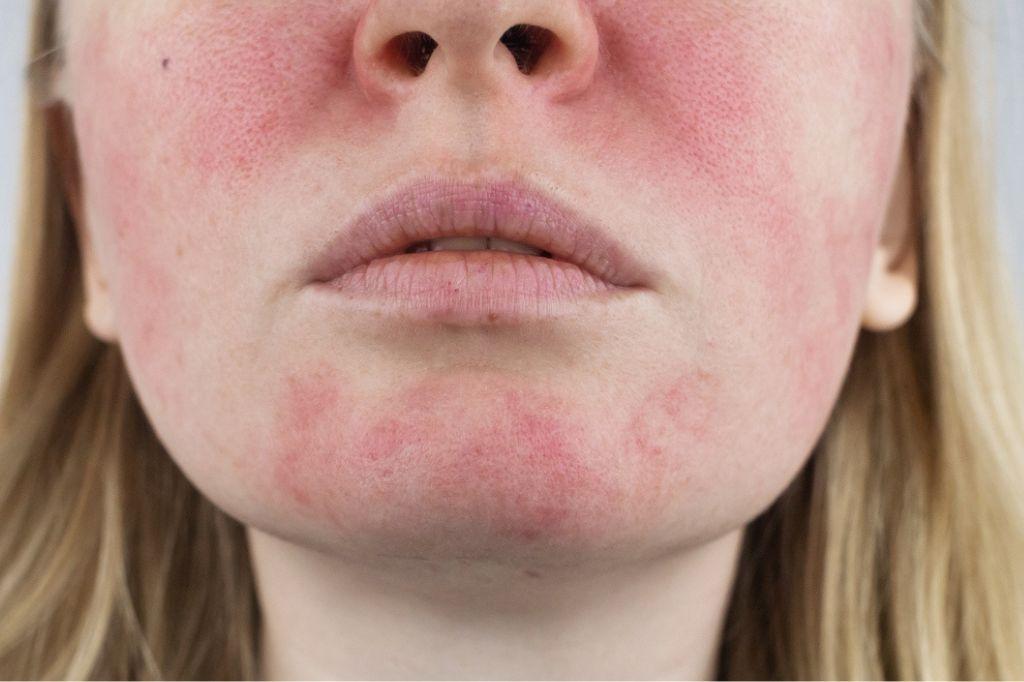Melanoma Mole: How To Tell If A Mole Is Cancerous
Many of us have moles, and some of us have more than others. While most moles are completely harmless, others can develop cancer. A lot of times we get patients who are concerned about potential skin cancer, and the number one question they ask us is “how do I know when I should be worried about a mole?” It can be scary not knowing whether your moles are just harmless marks or a potentially deadly disease. That’s why we’re sharing some guidance on skin cancer warning signs you should keep an eye out for, and ways to tell when a mole might be more than a mole.
What is melanoma?
Malignant melanoma is the most serious form of skin cancer. The cancer originates in melanocytes, the cells which produce the pigment that colors our skin, hair, and eyes. The melanocytes then begin to grow out of control. The majority of malignant melanoma moles are black or brown in color with irregular borders. Melanoma is much less common than some other types of skin cancers; however, melanoma is more dangerous because it’s much more likely to spread to other parts of the body if it isn’t discovered and treated early.
How to Tell if a Mole is Cancerous
At Academic Alliance in Dermatology, Dr. V has expanded upon the traditional ABCDE method of identifying atypical moles to create the ABCDEFGHI guideline for judging whether moles are cancerous. Let’s dive into this time-tested acronym!
- A is for ANALYSIS: At AAD, the entire patient is analyzed based on history and detailed family traits that focus on all cancers, not just on an individual basis.
- B is for BLADE BIOPSY: AAD biopsies all suspicious or irregular moles to determine the degree of risk or abnormality.
- C is for COLOR: Melanoma can be other colors than black. We study a wide breadth of colors that might not initially match the skin profile.
- D is for DERMOSCOPY and DISTRIBUTION: At AAD, we’ve established that certain invisible body stripes, called dermatomes, are more prone to develop melanomas, meaning that in these cases, not just diameter is important to note.
- E is for EVOLUTION and EMBRYOLOGY, not just Elevation: The left side of the body is often more likely to develop melanomas due to embryology, not just sun exposure.
- F is for FUNNY looking moles and FAMILY: AAD is one of the few organizations that studies a multiple generations of a patient’s family history to determine the risk of melanoma.
- G is for GENERATIONS and GENETICS: AAD understands that certain genetics can have an effect on your risk of developing certain types of cancer.
- H is for HISTORY: History includes more than family history. We study personal, professional/occupational, surgical, environmental history and social history to fully understand you as an individual.
- I is for INSTINCT: Skin cancer moles can often be hard to identify. If you suspect something seems “off”, visit your dermatologist. At AAD, we trust the instincts of our patients.
Use these guidelines to regularly assess your moles and determine whether or not you feel a mole on your body has changed. You are the first line of defense when it comes to identifying unusual moles or changes to moles on your body. Call your dermatologist at the first sign of changes and to make regular annual skin checks, which are your best bet at diagnosing skin cancer in its earliest stages before it’s gotten a chance to spread. At Academic Alliance in Dermatology, we’ve made it our mission to eradicate malignant melanoma through early detection and proper treatment, so you can rest assured that you’re in the best hands with our dermatologists.




